Short afro hair refers to the natural hair texture of many African Americans and people of African descent Tight curls characterize it and can range in length from very short to about an inch or two long. In recent years, there has been a significant resurgence and growing popularity of short afro hairstyles, as more individuals are choosing to embrace their natural hair texture.
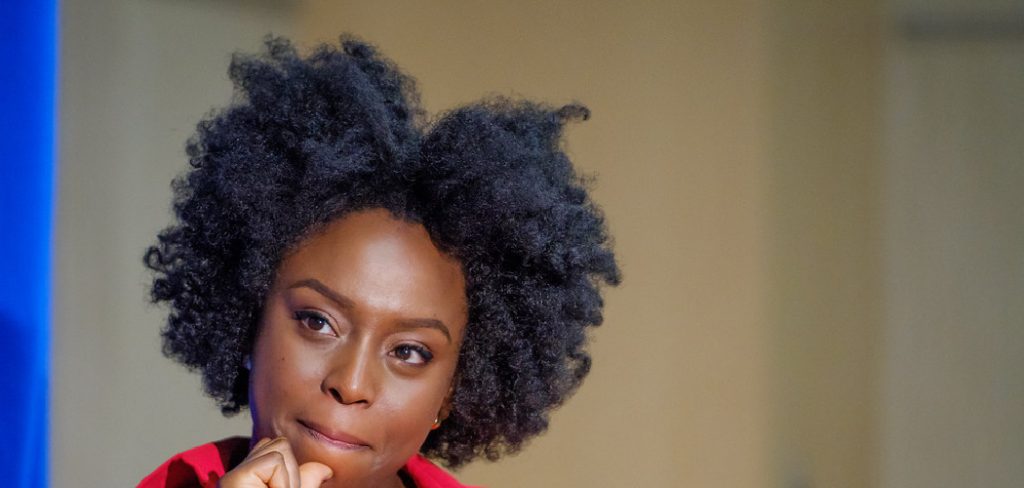
This shift towards natural hair acceptance symbolizes not only a celebration of cultural heritage but also promotes individual self-confidence. The purpose of this article is to offer comprehensive insights and practical advice on how to style short afro hair. By exploring various styling tips and techniques, we aim to empower individuals with short afro hair to explore and express their uniqueness through their hair. Whether you’re new to the natural hair movement or looking for fresh styling ideas, this guide is designed to assist you in enhancing the beauty and versatility of your short afro hair.
Understanding Short Afro Hair
Short afro hair, with its unique characteristics, presents a world of styling potential that is as diverse as the individuals who wear it. The primary hallmark of this hair type is its tight curls or coils, which significantly influence its texture and styling options. When discussing the texture, it’s essential to recognize that short afro hair can range from fine and soft to thick and coarse. This variance affects not only the look and feel of the hair but also its density. Hair density refers to the number of hair strands on the scalp, and in the context of short afro hair, this can vary widely, creating a spectrum from densely packed curls to more sparsely placed coils.
Navigating through the styling and care of short afro hair comes with its set of challenges. One of the most prominent issues faced by individuals with this hair type is moisture retention. Due to the spiral nature of the curls, natural oils produced by the scalp have a harder time traveling down the length of the hair strand, leading to dryness. This inherent dryness can predispose short afro hair to breakage, making it crucial to adopt hair care routines that focus on hydration and moisture.
Another common challenge is shrinkage, a phenomenon where hair appears shorter than its actual length when dry. Shrinkage can mask hair growth or make styling more complex, but it is often a point of frustration for those new to managing afro-textured hair. Additionally, detangling short afro hair requires patience and care to avoid breakage, necessitating the use of specific tools and techniques designed to minimize harm.
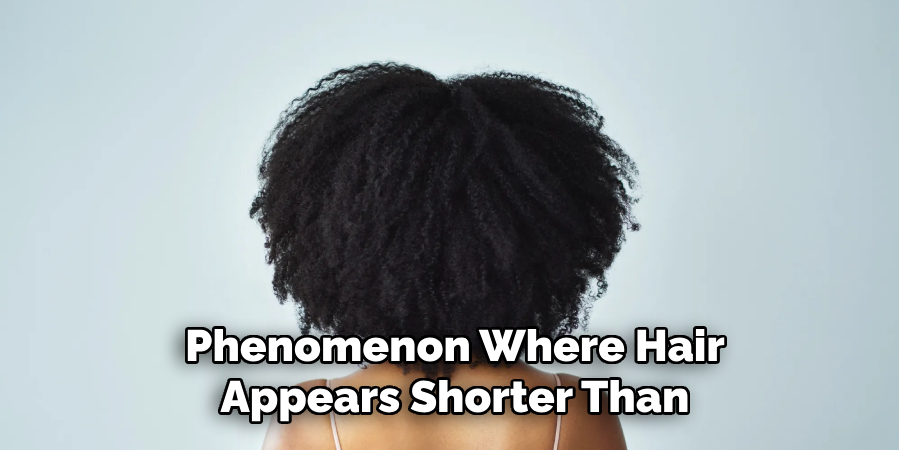
Understanding these characteristics and challenges is the foundation for effectively styling and caring for short afro hair. By acknowledging the innate properties of this hair type, individuals can better approach its styling with the right expectations and techniques, leading to healthier, more manageable hair.
Preparing Short Afro Hair for Styling
Properly preparing short afro hair for styling is an essential step in maintaining its health and vitality, paving the way for various styling options. The initial phase of preparation begins with thorough washing and conditioning. Utilizing a sulfate-free shampoo can cleanse the hair without stripping it of its natural oils, which are crucial for maintaining moisture. Following up with a deep conditioner that is rich in hydrating ingredients can help to fortify the hair’s natural barrier, enhancing its elasticity and reducing the risk of breakage.
Moisturizing short afro hair is not just a one-step process; it is an integral part of the hair care routine. The LOC (liquid, oil, cream) method is highly effective for this hair type. By applying water or a water-based product first, then sealing in that moisture with oil, and finally layering a cream to lock everything in, the hair stays moisturized for longer periods. This method can significantly reduce dryness and aid in the manageability of short afro hair.
Detangling is another critical step in preparing short afro hair for styling. Gently working through the hair with a wide-tooth comb or fingers can minimize breakage and preserve the integrity of the hair’s natural texture. Starting from the tips and gradually working up to the roots can ease the detangling process, preventing unnecessary stress on the hair.
Establishing a proper hair care routine that incorporates these steps is vital for anyone looking to style short afro hair effectively. Regular washing, conditioning, moisturizing, and gentle detangling form the foundation of healthy hair, ensuring it remains in optimal condition for styling. This preparatory phase not only facilitates easier styling but also contributes to the overall health and appearance of short afro hair, highlighting its beauty and versatility.
Essential Tools and Products
Styling short afro hair requires the right tools and products to maintain its health and enhance its natural beauty. Understanding the specific needs of short afro hair can help you select items that will nourish, protect, and style the hair effectively.
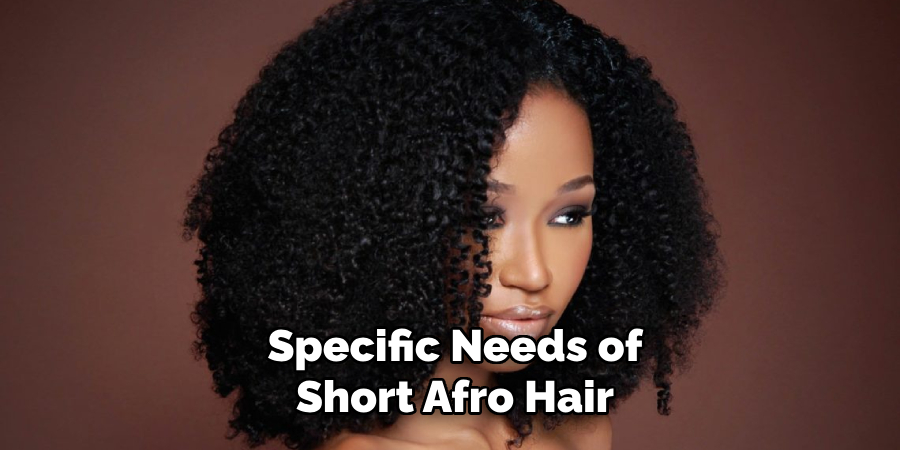
Wide-Tooth Comb vs. Afro Pick
When detangling short afro hair, the tool you choose can make a significant difference. A wide-tooth comb is gentle on the hair, reducing breakage and minimizing hair loss during the detangling process. It works well for evenly distributing conditioners and treatments through the hair. On the other hand, an afro pick is designed to fluff and shape the afro, adding volume and lift at the roots without combing through the entire length, which can preserve the natural curl pattern and reduce shrinkage. The choice between these two depends on the desired outcome—detangling or styling for volume.
Best Styling Products for Short Afro Hair
- Leave-In Conditioner: An essential product for maintaining moisture, leave-in conditioners help hydrate and soften short afro hair, making it more manageable and less prone to breakage.
- Styling Gel: To define curls and maintain hairstyles, a good styling gel can be invaluable. Look for alcohol-free formulas to avoid drying out the hair.
- Oils: Natural oils like coconut, jojoba, and castor oil are fantastic for sealing in moisture and adding shine. They also help strengthen hair strands and promote scalp health.
When selecting products, it’s important to consider the ingredients. Look for products rich in natural moisturizers and avoid harsh chemicals that can strip the hair of its natural oils.
Heat Styling Tools and Their Impact on Short Afro Hair
Heat styling tools, such as blow dryers and flat irons, can be used to create various hairstyles on short afro hair. However, their frequent use can lead to heat damage, resulting in dry, brittle hair and loss of natural curl pattern. Always use a heat protectant before applying heat-styling tools to minimize the risk. Limiting the use of these tools and opting for lower heat settings can help preserve the health and integrity of afro-textured hair.
In conclusion, choosing the right tools and products for short afro hair is critical for maintaining its health and achieving the desired styles. By selecting gentle tools for detangling, nourishing products for moisture and hold, and using heat styling tools judiciously, individuals can enjoy the versatility and beauty of their short afro hair while keeping it healthy and strong.
How to Style Short Afro Hair: Styling Techniques for Short Afro Hair
Styling short afro hair offers endless creativity and the ability to showcase the natural beauty of afro-textured hair. Here, we explore several popular styling techniques that enhance the hair’s natural texture and protect its integrity.
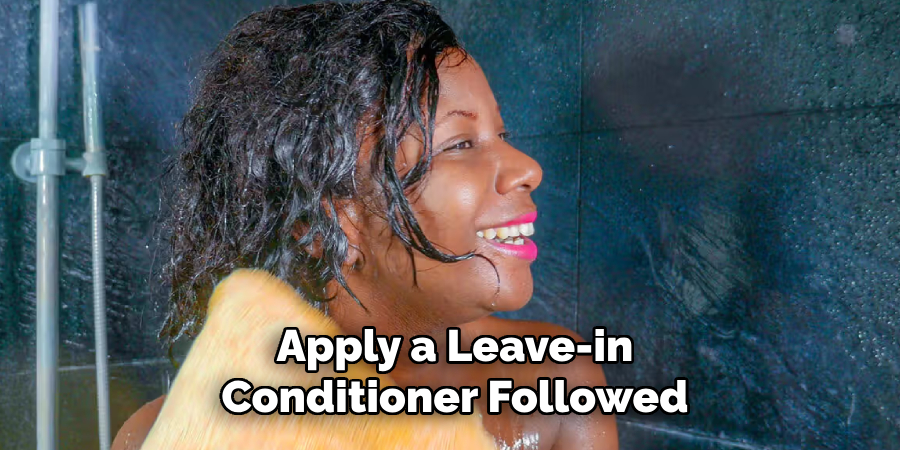
- Wash and Go Method: This technique showcases your hair’s natural curl pattern. After washing, apply a leave-in conditioner followed by a curl-defining cream or gel. Gently scrunch your hair to encourage curl formation and allow it to air dry, or use a diffuser for quicker drying without causing frizz.
- Twist-Outs and Braid-Outs: These methods involve sectioning the hair, then twisting or braiding it while damp, often after applying a styling product. Once the hair is completely dry, the twists or braids are carefully unraveled, leaving behind defined and elongated curls.
- Bantu Knot-Outs: This style involves dividing the hair into sections, twisting each section, and then wrapping it into a knot on the scalp. After drying, the knots are undone to reveal tight, springy curls with volume and texture.
- Finger Coils: By taking small sections of damp hair and twisting them around your finger, you can create defined coils. Once set and dried, these give a highly textured and defined look that lasts for days.
- Defined Afro Puff: Pull your hair back into a puff at the crown or back of your head using a wide band. This style can be achieved on stretched hair to showcase length or on more tightly coiled hair for a voluminous look.
- Frohawk and Other Creative Styles: A frohawk is created by pinning the sides of your hair down (with gel or bobby pins) and allowing the middle section to stand out, mimicking a mohawk. This is just one example of the many creative styles that can be achieved with short afro hair.
- Protective Styling Options for Short Afro Hair: Options like mini twists, small braids, or even wig and weave installations can be considered. These styles protect the ends of your hair from environmental stressors and manipulation, promoting length retention and reducing breakage.
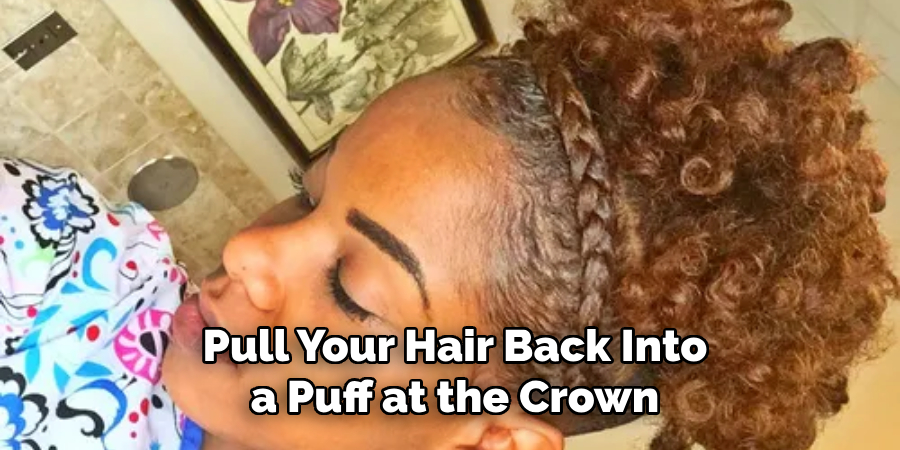
Each of these styling techniques celebrates the versatility and beauty of short afro hair while also caring for its unique needs. Low manipulation and proper hydration are key to maintaining the health and vitality of afro-textured hair, regardless of the chosen style.
How to Style Short Afro Hair: Maintaining Short Afro Hair
Maintaining short afro hair involves consistent care and gentle handling to keep it healthy, strong, and stylish. Here are essential tips for its upkeep:
Nighttime Hair Care Routine
Nighttime is crucial for hair care, especially for short afro hair. Protecting your hair while you sleep can reduce breakage, preserve hairstyles, and maintain moisture. A satin or silk scarf or pillowcase is ideal because these materials reduce friction, which can cause breakage and frizz. Additionally, applying a light oil or butter can help seal in moisture overnight.
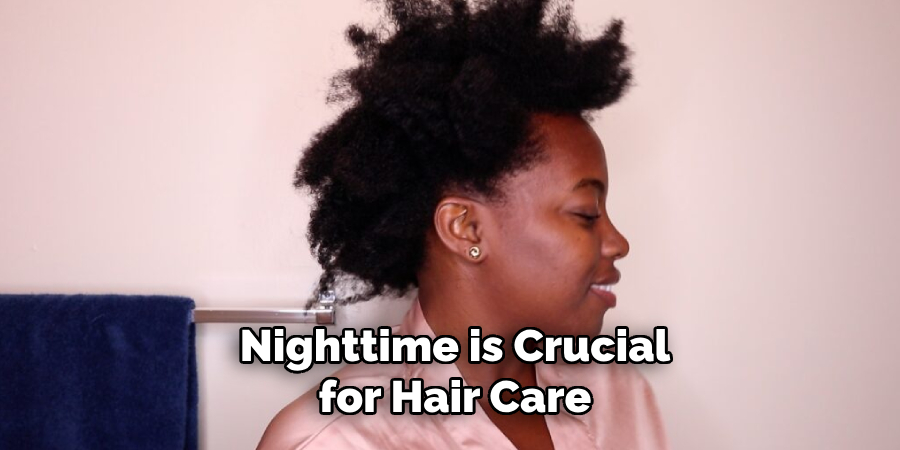
Refreshing Styles Between Wash Days
Between washes, short afro hair may need a refresh to keep it looking its best. Using a spray bottle filled with water and a little leave-in conditioner can revive and moisturize your curls. For styles like twist-outs or braid-outs, lightly applying a curl cream or oil can redefine the curls without weighing the hair down.
Trimming and Shaping Tips for Short Afro Hair
Regular trims are essential for maintaining the health and shape of short afro hair. Trimming every 4-6 weeks helps to prevent split ends and promote healthy hair growth. Additionally, shaping is crucial for achieving the desired look and volume. It’s often best to have your hair trimmed and shaped while dry, as this allows for a more accurate representation of how your hair naturally sits. Seeking a professional hairstylist who specializes in afro-textured hair can ensure your hair is trimmed and shaped to complement your facial features and personal style.
Incorporating these maintenance tips into your hair care routine can greatly enhance the health, appearance, and manageability of short afro hair.
Overcoming Styling Challenges
Styling short afro hair, while rewarding, comes with its set of challenges, such as shrinkage, frizz, flyaways, dryness, and breakage. However, with the right techniques and care, these hurdles can be managed effectively.
Dealing with Shrinkage
Shrinkage is a common concern for individuals with afro-textured hair, as it can significantly reduce the apparent length of the hair. To combat shrinkage, techniques such as stretching the hair using bands or threading without heat can be beneficial. Additionally, styles like twist-outs and braid-outs can elongate the hair temporarily and showcase more of its length.
Managing Frizz and Flyaways
Frizz and flyaways often result from a lack of moisture or uneven hair cuticles. To keep frizz at bay, ensure your hair is adequately hydrated with leave-in conditioners or serums designed for afro-textured hair. Protective styling can also minimize exposure to elements that may cause frizz. Regularly using a satin or silk scarf or pillowcase at night can help reduce frizz and maintain smooth hair strands.
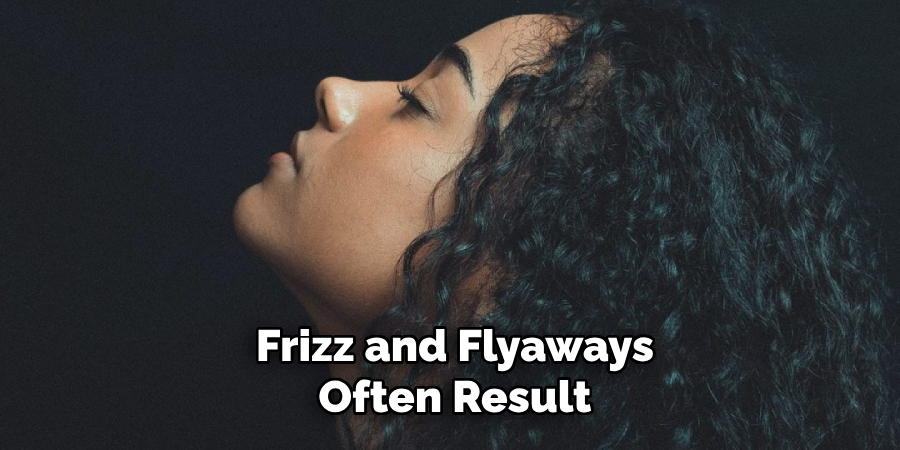
Combating Dryness and Breakage
Afro-textured hair tends to be more prone to dryness, which can lead to breakage if not properly managed. Incorporating a routine that prioritizes moisture is crucial. This includes regular deep conditioning treatments, using moisturizing hair masks, and sealing in moisture with natural oils or butter. Minimizing the use of heat styling tools and avoiding harsh chemicals will also help maintain the hair’s natural oils and reduce the propensity for dryness and subsequent breakage.
By addressing these challenges directly and with consistent care, individuals can enjoy healthy, styled, short afro hair that thrives in its natural beauty. Remember, understanding your hair’s specific needs and responding to them thoughtfully is key to overcoming these common styling challenges.
Embracing Diversity and Self-Expression
The essence of short afro hair lies not just in its unique texture and styling versatility but in its profound capability to express individuality and celebrate cultural heritage. This section underscores the importance of diversity, self-confidence, and self-expression facilitated through the myriad of hairstyles that can be achieved with short afro hair.
Celebrating the versatility of short afro hair transcends mere aesthetics; it’s about acknowledging and appreciating the vast array of styles that reflect the dynamism and diversity within the Afro-centric community. From tightly coiled frohawks to elegantly twisted mini braids, each style serves as a canvas for personal expression and cultural storytelling. This versatility not only showcases the distinct beauty of afro-textured hair but also empowers individuals to tailor their look to match their mood, occasion, or identity, reinforcing the notion that beauty and strength lie in diversity.
Central to the journey of adorning short afro hair is the cultivation of self-confidence. Hairstyles are a powerful medium of self-expression, reflecting one’s personality and cultural identity. They are an emblem of pride, enabling individuals to stand tall and confident in their natural beauty. This self-assurance is pivotal, encouraging a broader acceptance and appreciation of natural hair textures in mainstream beauty narratives and challenging the conventional standards of beauty.
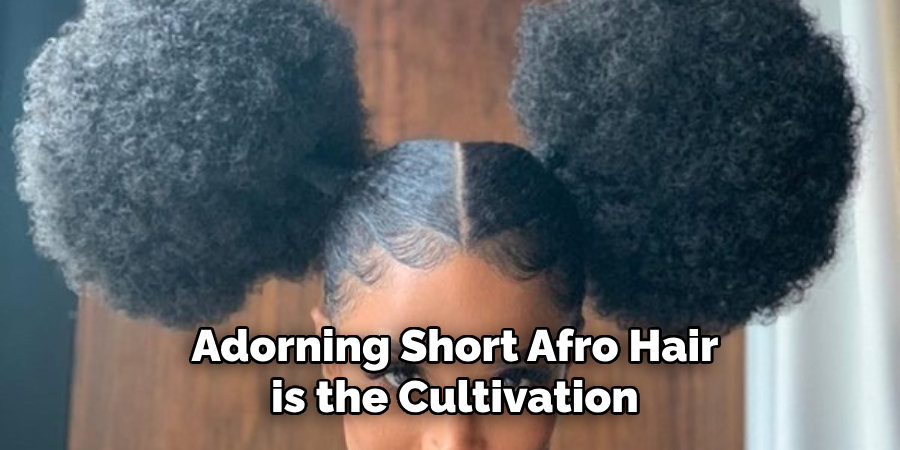
Inspirational figures within the short afro hair community play a critical role in this narrative. Icons like Lupita Nyong’o, Viola Davis, and Solange Knowles have embraced their natural hair with grace and confidence and used their platforms to celebrate the beauty of natural hair, inspiring countless others to do the same. Through their endeavors, they highlight the importance of representation and affirm that short afro hair is a source of pride and a statement of identity.
By fostering a culture that celebrates diversity and encourages self-expression, the short afro hair community continues to empower individuals to boldly express their uniqueness. Ultimately, this celebration of individuality and cultural heritage enriches society and paves the way for a more inclusive and accepting world.
Conclusion
In this exploration of how to style short afro hair, we’ve traversed the essentials of maintenance, the joy of styling, and the significance of overcoming common challenges. Key points highlighted include the importance of regular trims, the necessity for proper hydration to combat dryness, and innovative techniques to manage shrinkage and frizz. Each step underscores the adaptability and beauty inherent in short afro hair, presenting a wide canvas for personal expression and creativity.
We encourage readers to bravely experiment with different styling techniques, finding those that best suit their lifestyle, preferences, and the unique characteristics of their hair. Whether it’s through protective styles, moisture-rich routines, or bold cuts, discovering how to style short afro hair is a rewarding journey toward self-empowerment and beauty appreciation.
Above all, celebrating natural hair textures, especially short afro hair, is a poignant reminder of the diversity and richness of our identities. It’s not just about aesthetics; it’s a profound form of self-expression, cultural pride, and empowerment. By embracing and celebrating our natural hair, we contribute to a broader acceptance of beauty in all its forms, promoting a world where every texture is acknowledged, appreciated, and adored.
About the Author
Jane Hubbard is a passionate beauty expert with a wealth of experience in makeup, hair, and overall beauty techniques. After years of working as a hairdresser specialist, she followed her entrepreneurial spirit and started her own consultancy business.
Jane has always been driven by her desire to help others feel confident in their own skin, and she does this by sharing her knowledge, experiences, and practical beauty tips. Through her consultancy, she empowers individuals to embrace their unique beauty, offering tailored guidance that boosts both self-esteem and personal style.
Professional Focus
- Specializes in makeup, hairstyling, and beauty consulting.
- Provides personalized beauty advice, tips, and techniques to help individuals feel confident in their appearance.
- Dedicated to staying up-to-date with the latest industry trends and developments.
- Passionate about creating a comfortable and empowering experience for every client.
Education History
- University of Craft and Design – Bachelor of Fine Arts (BFA) in Woodworking and Furniture Design
- Woodworking Apprenticeships – Extensive hands-on training with skilled craftsmen to refine carpentry and furniture making techniques
- Online Courses & Masterclasses – Continued education in advanced woodworking techniques, design principles, and specialized tools
Expertise:
- Makeup artistry, hairstyling, and beauty consulting.
- Personalized beauty techniques to enhance confidence and self-expression.
- Educating clients on how to maintain their beauty routines at home.
